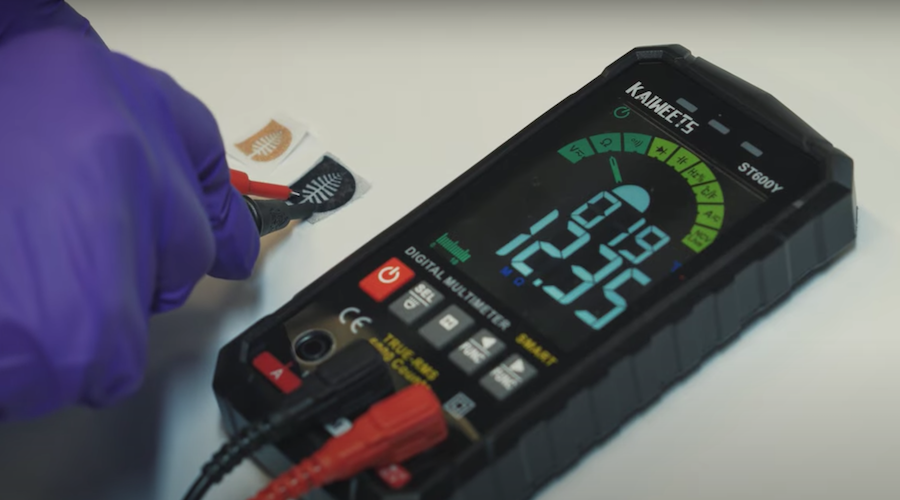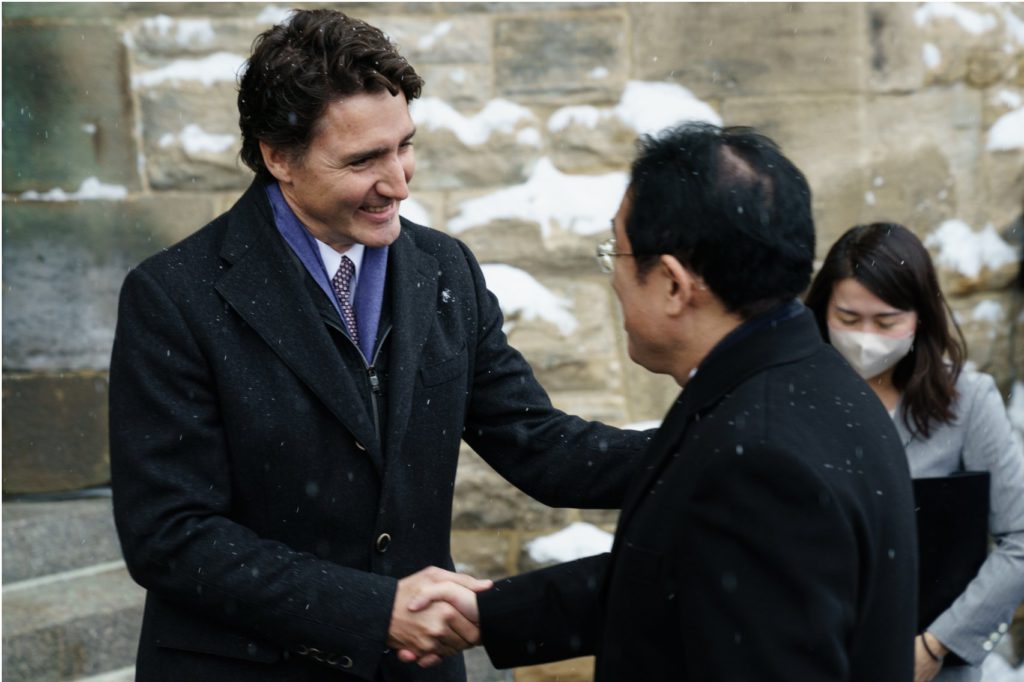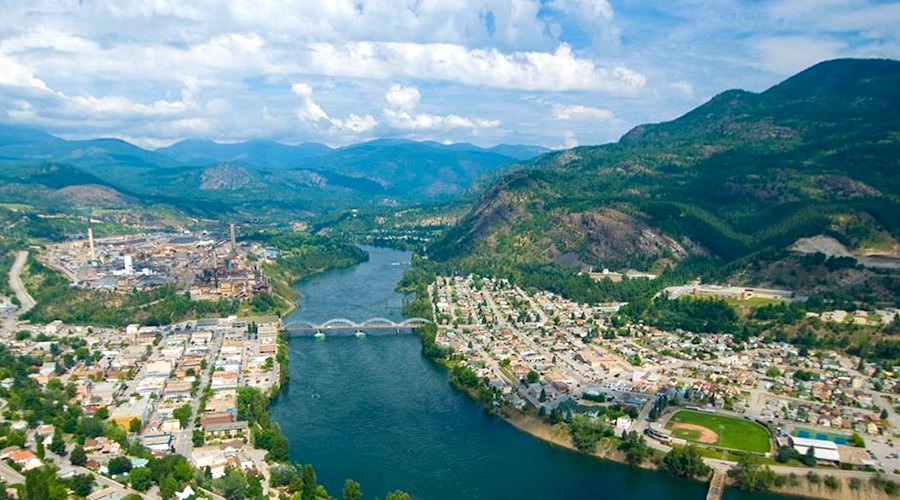TotalEnergies To Supply LNG To Germany’s Newest Import Terminal
- TotalEnergies will supply LNG to Germany's newest LNG import terminal in Lubmin.
- The project, whose inauguration will be attended by German Chancellor Olaf Scholz, will make TotalEnergies one of Germany’s main LNG suppliers.
- Separately, Switzerland-based trader MET Group said today it had secured binding long-term LNG capacities at the Lubmin terminal.
TotalEnergies will supply LNG and is contributing a floating storage and regasification unit (FSRU) to the Deutsche Ostsee LNG import terminal in Lubmin on the German Baltic Sea coast, which will be inaugurated on Saturday, the French supermajor said on Friday.
The project, whose inauguration will be attended by German Chancellor Olaf Scholz, will make TotalEnergies one of Germany’s main LNG suppliers, the French company said.
Last month, TotalEnergies delivered the Neptune – one of its two FSRUs – to Deutsche ReGas, the operator of the Deutsche Ostsee LNG terminal. The vessel has an annual regasification capacity of 5 billion cubic meters of gas, enough to cover about 5% of German demand, TotalEnergies says.
Following Deutsche ReGas’s open season procedure, TotalEnergies has also contracted regasification capacity of 2.6 billion cubic meters of gas per year and began to deliver LNG from its global integrated portfolio to the Lubmin terminal.
Separately, Switzerland-based trader MET Group said today it had secured binding long-term LNG capacities at the Lubmin terminal.
Germany has been racing to build and start up LNG import terminals to secure natural gas supplies after Russia halted the Nord Stream pipeline deliveries last year.
Last week, Germany welcomed the first tanker carrying LNG at the newly opened LNG import terminal at Wilhelmshaven, with the cargo arriving from the Calcasieu Pass export facility in the United States.
Germany inaugurated its first floating LNG import terminal at Wilhelmshaven a week before Christmas as Europe’s biggest economy looks to cut reliance on Russian gas and as Moscow halted supply via the Nord Stream pipeline in early September.
Other LNG terminals are also planned in Germany, which was rather reluctant to commit to LNG import facilities before the Russian invasion of Ukraine. After the war started, Germany, the Netherlands, Finland, and countries in southern Europe hastened to bring forward or dust off plans to build floating LNG terminals to have enough regasification capacity to replace the lost volumes of Russian pipeline gas.






